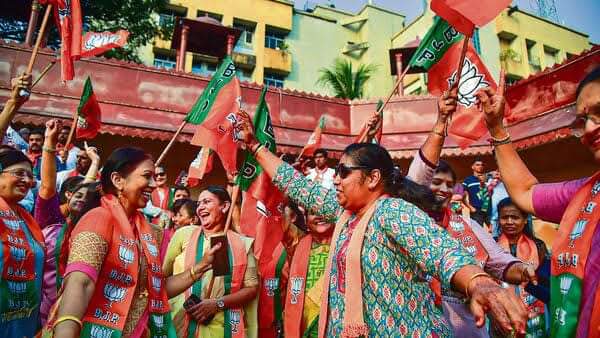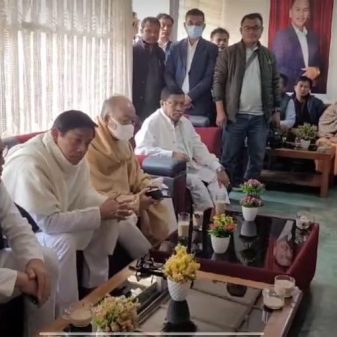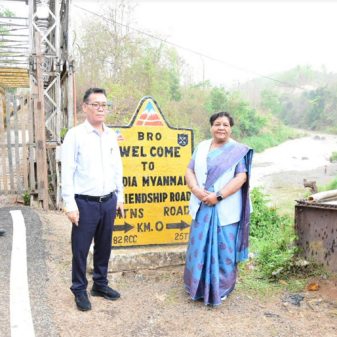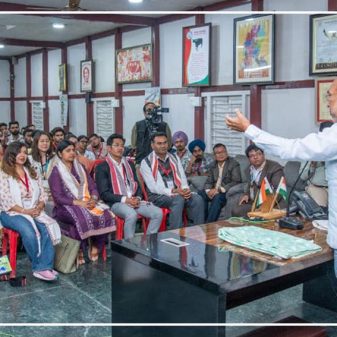
New Delhi (Agency): As the electoral dust settles down, Bharatiya Janata Party (BJP) strategists are congratulating themselves on yet again implementing a strategy that has become a standard operating procedure in their successful playbook— reduce anti-incumbency and voter anger by fielding a large number of fresh faces. This was the plan, in varying degrees, in the three states of the Hindi heartland — it was used with significant success in Gujarat in 2022 — and it seems to have paid off.
Take the 90-seat strong Chhattisgarh state, for example, where the incumbent Congress was being challenged by the BJP. The party fielded 47 new candidates; 32 of them were successful in becoming legislators which means that almost 60% of BJP’s newly elected lawmakers come with little baggage; to be sure, some of them are members of Parliament.
HT has learnt that Congress strategists suggested a similar approach. After all, any government is expected to face some amount of voter anger and the most visible targets are ministers. While the Congress fielded some new candidates, all sitting ministers were retained despite surveys suggesting they were doing poorly. Sure enough, out of the 12 sitting ministers, only three won. The ruling party fielded only 26 new candidates and half of them, 13 won.
To be sure, this is just one of the several factors that went into the final result. “There are actually three regions in Chhattisgarh and they all had different reasons for winning,’’ said political analyst Sudeep Shrivastava. However, he points out that some of the most impressive victories in the state were by freshers — like bureaucrat turned politician OP Choudhary who joined the party in 2018 and managed to win by 65,000 votes.
While the BJP was able to wrest power from the Congress by using new faces in Chhattisgarh, in neighbouring Madhya Pradesh, the party fielded just 40 fresh candidates in the 230 seat assembly. They had a very high success rate with 30 of them winning . But 12 of Shivraj Singh Chouhan’s cabinet faced defeat.
“The reason why we didn’t drop the ministers is because Amit Shah ji gave newcomers seats in the initial lists. By the time the fifth list came out, all these ministers and old guards were retained, because the leadership decided that it would totally stem any rebellion or independents,’’ said a former minister who asked not to be named. The Congress, meanwhile, fielded 50 fresh faces, but 42 of them lost — a number that shows that merely fielding fresh faces isn’t adequate.
The theme continued in Rajasthan as well. Here again, chief minister Ashok Gehlot retained his ministers and so only nine out of 25 won. The party fielded only 43 new candidates out of 199 total seats. Only eight of the new faces won.
Even though the BJP had the historical advantage in Rajasthan of winning due to anti-incumbency, it still gave more tickets to freshers than the ruling party at 39, with 13 of them being successful.
A Congress party spokesperson said that the theory of using freshers to reduce anti-incumbency was “too simplistic”.
The BJP used the same template in Gujarat where the 182 seat assembly has 105 fresh faces. So much so, that chief minister Bhupendra Patel is a relative fresher himself — he entered the Gujarat assembly only in 2017. (Courtesy: Hindustan Times)





